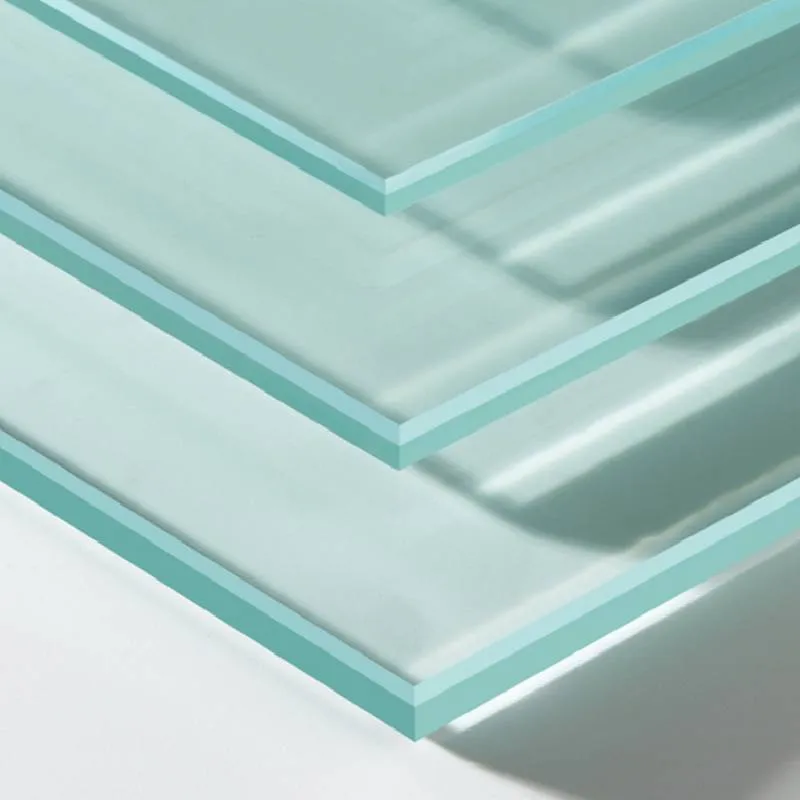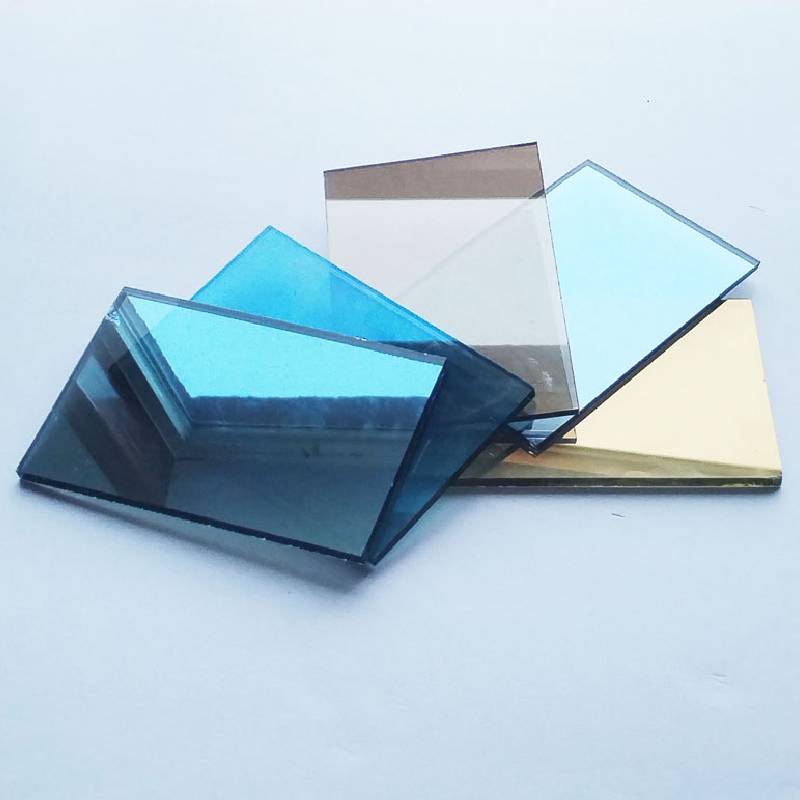The versatility of tempered glass has made it a popular choice across various industries, renowned not only for its strength but also for the safety it offers. With technological advancements, its applications have expanded beyond traditional uses, solidifying its place in both residential and commercial settings. Here’s an expert guide on where and why tempered glass should be employed, assuring you of its unparalleled reliability and practicality.

Tempered glass is an ideal material in the automotive industry, specifically in the manufacturing of vehicle windows. Its strength ensures enhanced safety by minimizing the risk of injury during accidents. When broken, tempered glass shatters into small, blunt pieces rather than sharp shards. This minimizes potential harm to passengers, a vital feature that underscores its irreplaceability in automotive manufacturing. Expertise in this field is aligned with stringent safety standards, validating the authority of tempered glass as the material of choice for automobile windows.
In architectural design, tempered glass serves as a cornerstone material due to its aesthetic and functional qualities. Modern designs often incorporate expansive glass facades, balustrades, and interior partitions, and the robustness of tempered glass ensures structural integrity without compromising on style. Architects favor tempered glass for skylights and building entrances—areas susceptible to stress and impact. Its durability and safety features make it a trusted ally in creating open, light-filled spaces that are both secure and beautiful, appealing to the needs of both residential and commercial architectural projects.

The use of tempered glass in shower doors and bathroom enclosures has become a standard, where its non-porous nature resists moisture buildup and bacteria. This hygienic advantage pairs well with its ability to withstand high levels of thermal stress, a common occurrence in bathrooms. For homeowners seeking a blend of safety and elegance in their bathroom designs, tempered glass offers a trustworthy solution, often recommended by builders and interior designers for its longevity and easy maintenance.
Tempered glass tops the list for electronic screens too, notably in smartphones and tablets. Its ability to resist scratches and withstand impacts ensures the longevity of these devices, further proving its worth. Tech experts advocate for its use in screen protectors, extending device longevity and enhancing user experience. This has been bolstered by user reviews and expert testing, confirming its efficacy in protecting expensive gadgets from everyday wear and tear.
where to use tempered glass
In the furniture industry,
tempered glass is favored for creating stunning, durable table surfaces. From coffee tables to office desks, its use guarantees a sophisticated finish that can withstand heavy usage. Furniture designers rely on tempered glass to deliver products that meet both functional and aesthetic demands, creating pieces that are both practical and visually appealing. Its ability to maintain clarity and resist discoloration over time adds to its credibility as a material of choice for modern furniture designs.
Restaurants and shops also benefit from tempered glass, particularly in display cases and shelving. Its strength supports weighty displays, while its clarity enhances product visibility, crucial for effective merchandising. Retail experts recognize the role tempered glass plays in creating inviting presentations that attract consumers, thereby supporting sales strategies through trusted display solutions.
Overall, tempered glass has evolved from niche to necessity, embraced for its unparalleled qualities. Its credibility is supported by tests, certifications, and expert endorsements, proving its superiority in demanding conditions across diverse industries. As new uses continue to emerge, the expertise surrounding its applications expands, solidifying tempered glass as an authoritative and trustworthy material in contemporary design and manufacturing.
Whether considering the safety of a car window, the elegance of an architectural feature, the practicality of a bathroom enclosure, the durability of a device screen, or the sophistication of modern furniture, tempered glass stands out as a material that combines safety, style, and strength. By adhering to guidelines and standards set by industry leaders, tempered glass maintains its position as a reliable and esteemed choice for various applications, endorsed by experts who consistently validate its extensive benefits and uses.
 Afrikaans
Afrikaans  Albanian
Albanian  Amharic
Amharic  Arabic
Arabic  Armenian
Armenian  Azerbaijani
Azerbaijani  Basque
Basque  Belarusian
Belarusian  Bengali
Bengali  Bosnian
Bosnian  Bulgarian
Bulgarian  Catalan
Catalan  Cebuano
Cebuano  Corsican
Corsican  Croatian
Croatian  Czech
Czech  Danish
Danish  Dutch
Dutch  English
English  Esperanto
Esperanto  Estonian
Estonian  Finnish
Finnish  French
French  Frisian
Frisian  Galician
Galician  Georgian
Georgian  German
German  Greek
Greek  Gujarati
Gujarati  Haitian Creole
Haitian Creole  hausa
hausa  hawaiian
hawaiian  Hebrew
Hebrew  Hindi
Hindi  Miao
Miao  Hungarian
Hungarian  Icelandic
Icelandic  igbo
igbo  Indonesian
Indonesian  irish
irish  Italian
Italian  Japanese
Japanese  Javanese
Javanese  Kannada
Kannada  kazakh
kazakh  Khmer
Khmer  Rwandese
Rwandese  Korean
Korean  Kurdish
Kurdish  Kyrgyz
Kyrgyz  Lao
Lao  Latin
Latin  Latvian
Latvian  Lithuanian
Lithuanian  Luxembourgish
Luxembourgish  Macedonian
Macedonian  Malgashi
Malgashi  Malay
Malay  Malayalam
Malayalam  Maltese
Maltese  Maori
Maori  Marathi
Marathi  Mongolian
Mongolian  Myanmar
Myanmar  Nepali
Nepali  Norwegian
Norwegian  Norwegian
Norwegian  Occitan
Occitan  Pashto
Pashto  Persian
Persian  Polish
Polish  Portuguese
Portuguese  Punjabi
Punjabi  Romanian
Romanian  Russian
Russian  Samoan
Samoan  Scottish Gaelic
Scottish Gaelic  Serbian
Serbian  Sesotho
Sesotho  Shona
Shona  Sindhi
Sindhi  Sinhala
Sinhala  Slovak
Slovak  Slovenian
Slovenian  Somali
Somali  Spanish
Spanish  Sundanese
Sundanese  Swahili
Swahili  Swedish
Swedish  Tagalog
Tagalog  Tajik
Tajik  Tamil
Tamil  Tatar
Tatar  Telugu
Telugu  Thai
Thai  Turkish
Turkish  Turkmen
Turkmen  Ukrainian
Ukrainian  Urdu
Urdu  Uighur
Uighur  Uzbek
Uzbek  Vietnamese
Vietnamese  Welsh
Welsh  Bantu
Bantu  Yiddish
Yiddish  Yoruba
Yoruba  Zulu
Zulu 


